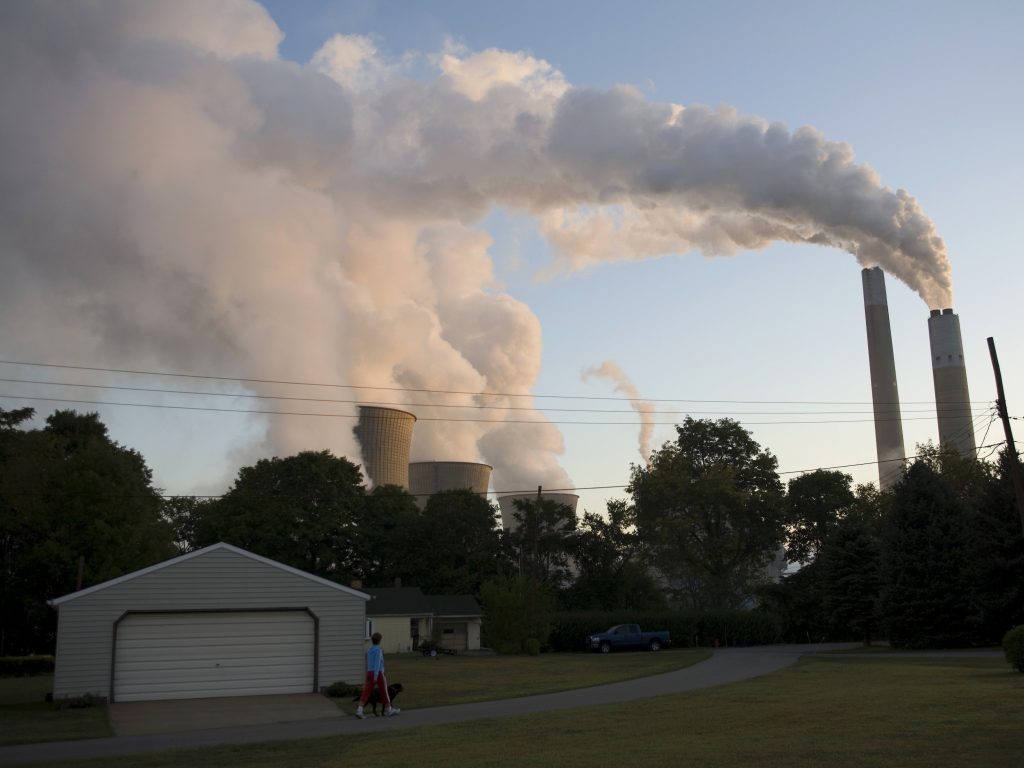- Carbon dioxide levels rose to a peak of 421 parts per million in May, according to federal scientists.
- At the start of the industrial revolution, carbon dioxide levels were around 280 ppm.
- A growing body of research links the heat-trapping gas with warmer temperatures and extreme weather.
Levels of heat-trapping carbon dioxide hit a new official record in May. They're now more than 50% higher than the average in preindustrial times and the highest they've been since well before the beginning of human history, federal scientists said Friday.
"The world is trying to reduce emissions, and you just don't see it," said Pieter Tans, a climate scientist at the National Oceanic and Atmospheric Administration, according to The Associated Press. "In other words, if you're measuring the atmosphere, you're not seeing anything happening right now in terms of change."
Based on measurements from their atmospheric baseline station in Hawaii's Mauna Loa, NOAA said that carbon dioxide levels rose to a peak of 421 parts per million for the month of May — when the planet-warming gas hits its yearly high. They were around 280 ppm at the start of the industrial revolution, according to the agency. Since then, humans have pumped an estimated 1.5 trillion tons of the greenhouse gas into the atmosphere.
Increasing carbon dioxide levels — primarily from the burning of fossil fuels — traps heat in the atmosphere and leads to slew of effects, including warmer temperatures, more intense and severe storms, and more frequent and larger wildfires.
"The science is irrefutable: humans are altering our climate in ways that our economy and our infrastructure must adapt to," Rick Spinrad, an administrator at NOAA, said in a statement. "We can see the impacts of climate change around us every day. The relentless increase of carbon dioxide measured at Mauna Loa is a stark reminder that we need to take urgent, serious steps to become a more climate-ready nation."

